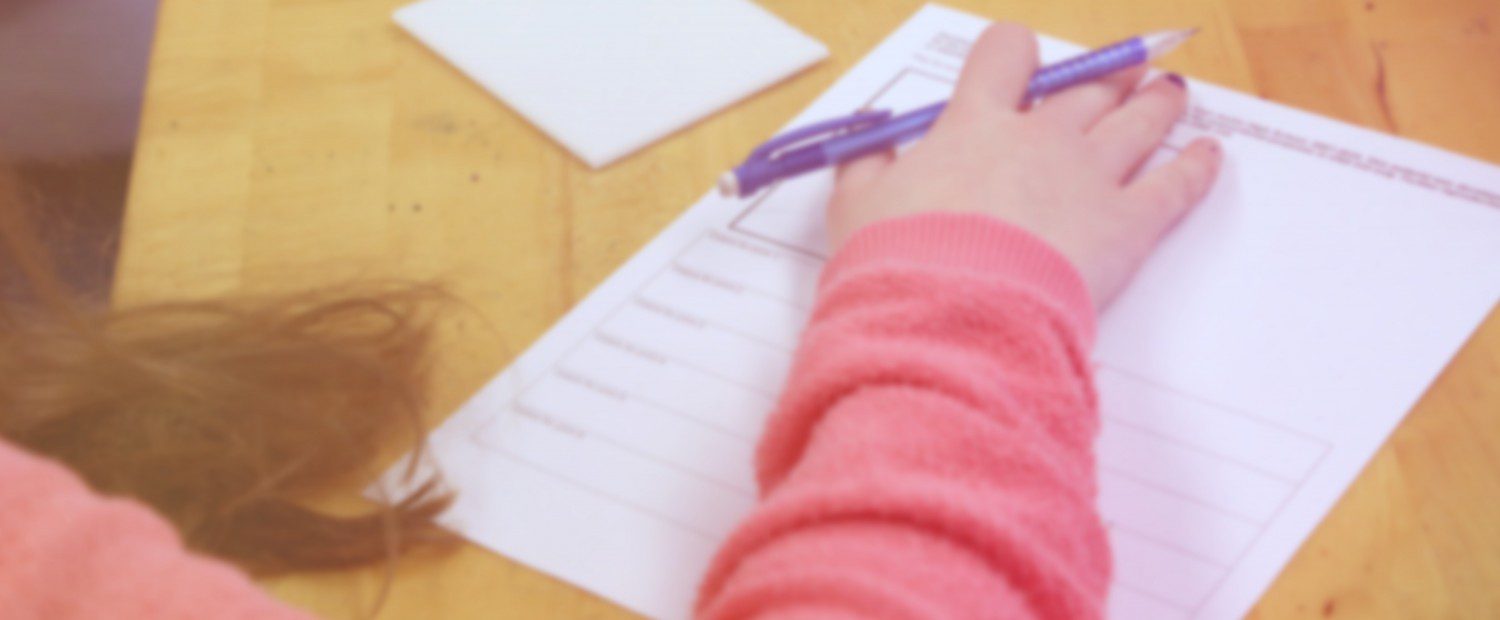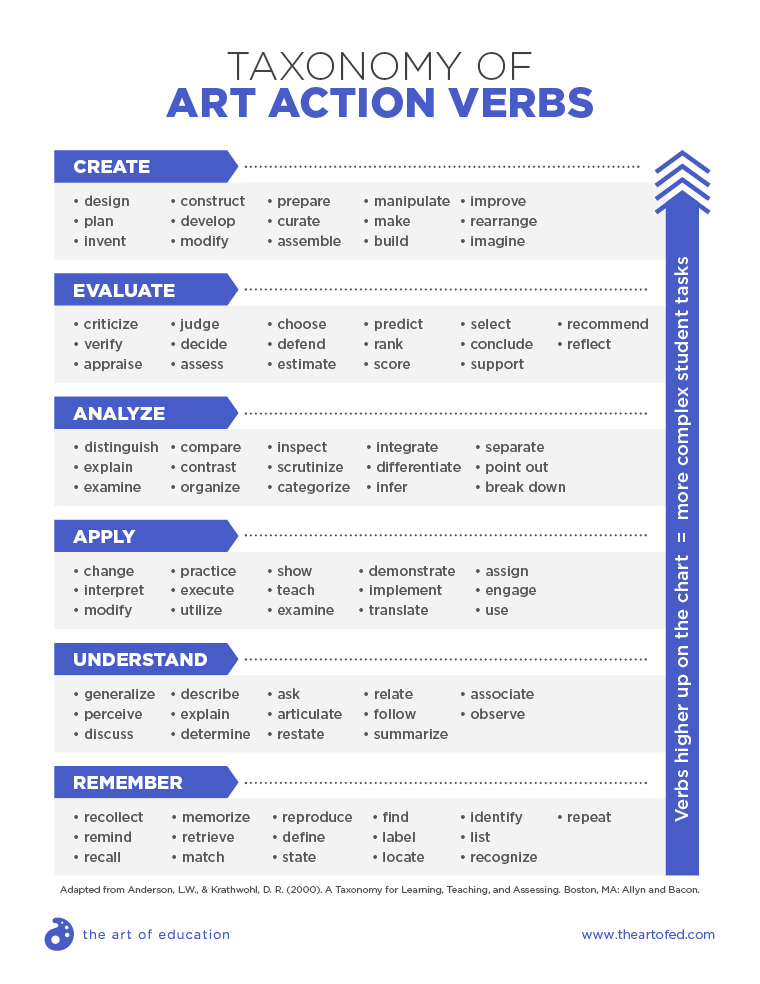Whether you love them or despise them, the purpose of Student Learning Outcomes (SLOs) is to guide instruction and, in return, communicate to students what they should know or be able to do at the end of a lesson, unit, or course. In most districts, SLOs are used as a foundation to measure student growth. You may have even seen these goals as part of your teacher evaluation. No matter how you look at it, SLOs are a big part of the educational paradigm today.
The stakes of SLOs are high and writing them requires diligent effort and planning.
Because SLOs clarify what students should know or be able to do, it is critical that they are written at an appropriate level of difficulty for students.

If you identify SLOs that are too easy, you’ll risk decreased student engagement. Write SLOs that are too intense and you’ll have frustrated learners. On top of that, it can be difficult to find a balance in an art room specifically. More often than not, students of all ability levels are lumped into one class together. Differentiation becomes increasingly complicated.
How do we, as art teachers, develop SLOs that are meaningful yet challenging for our students? What is the best way to define outcomes that are attainable for all students? The answer lies in the verbs.
It’s important as you articulate your SLOs to consider the complexity of the verbs used in the statements.
As you work through a lesson, pay attention to how you scaffold the learning. Start with goals that require students to use foundational knowledge while you gravitate to more complex targets. Of course as art teachers, our lessons naturally align to more cognitively complex skills because of the very nature of creativity and creating art. Just be sure not to leave out those goals that progressively move students to more difficult objectives.
In order to assist you in the planning and organizing of your SLOs, we’ve compiled a taxonomy of art verbs. Download the quick-reference chart below.
Download NowLooking for more guidance in planning or reviewing your curriculum? See our full graduate class schedule here including our Designing Your Art Curriculum and Showing Student Growth courses.
How do you balance the verb use in your SLOs?
Do you have any tricks for quickly writing or revising your SLOs?
Magazine articles and podcasts are opinions of professional education contributors and do not necessarily represent the position of the Art of Education University (AOEU) or its academic offerings. Contributors use terms in the way they are most often talked about in the scope of their educational experiences.






